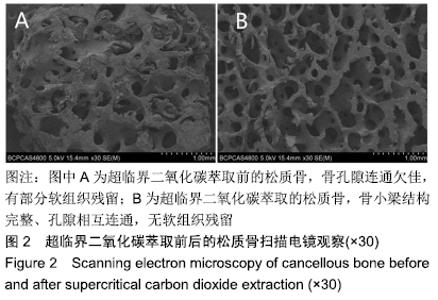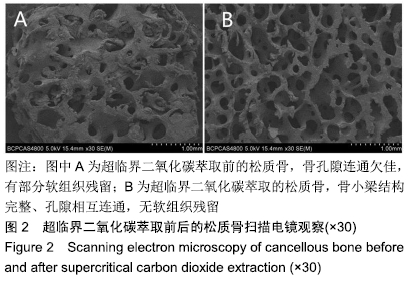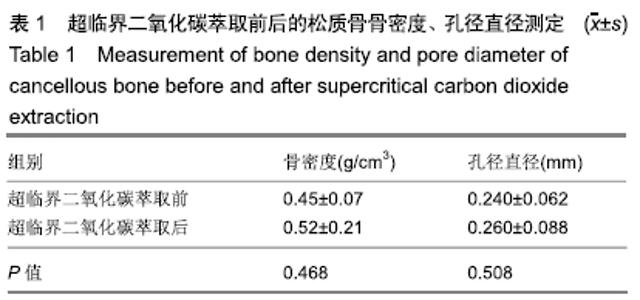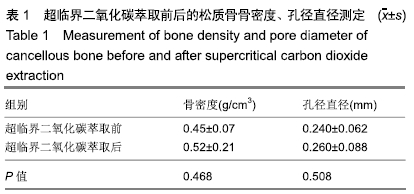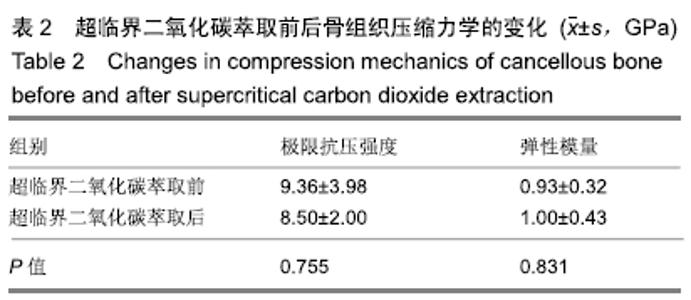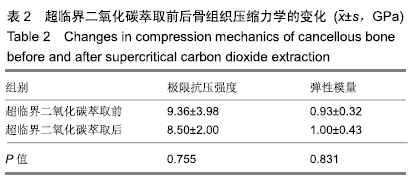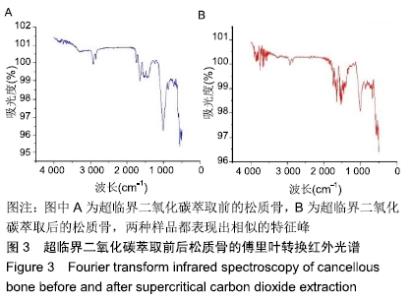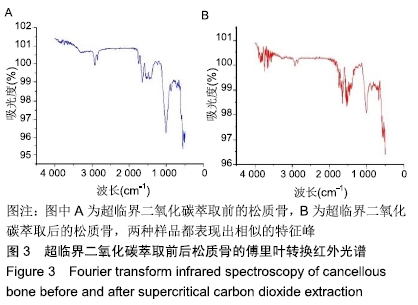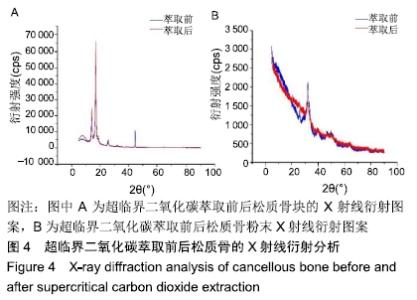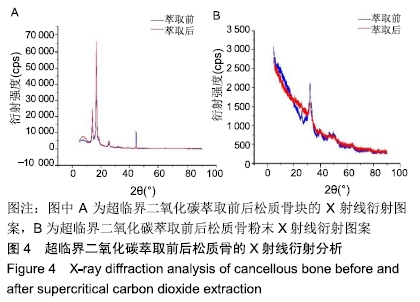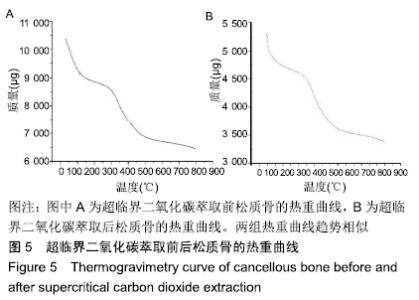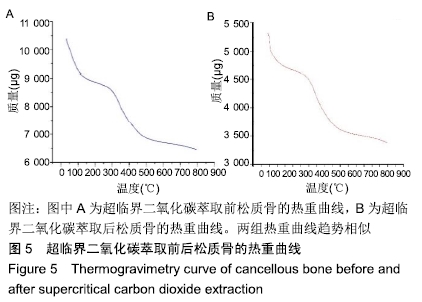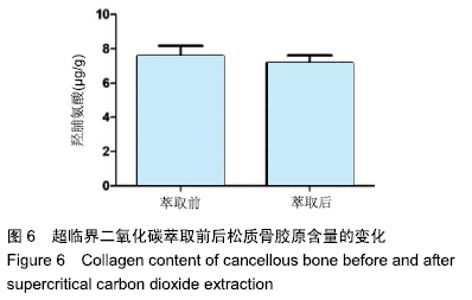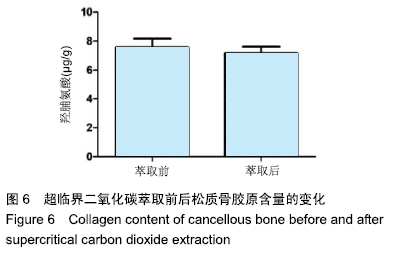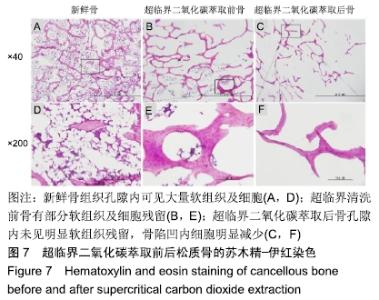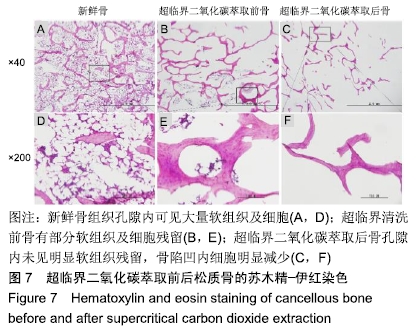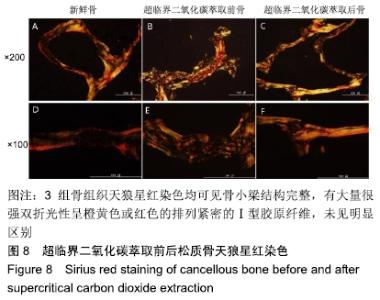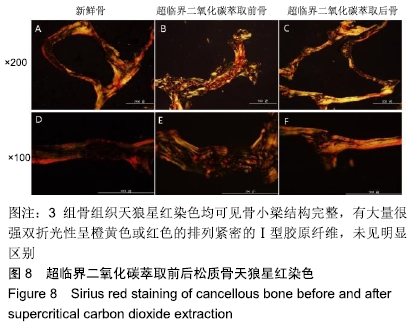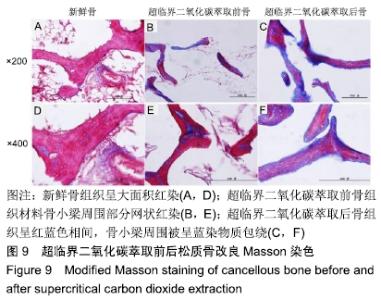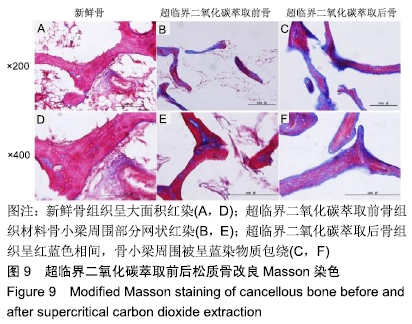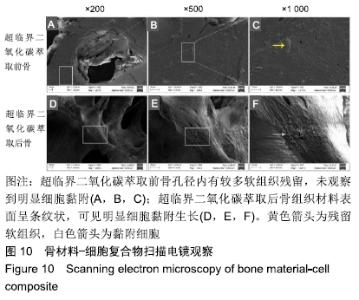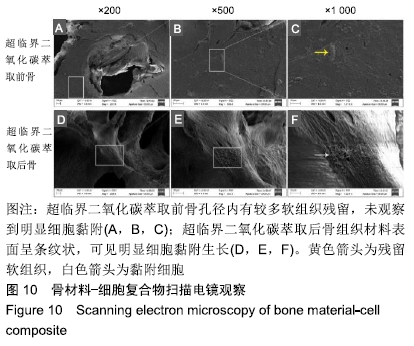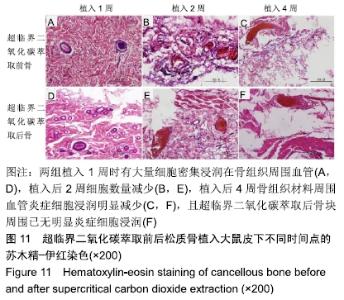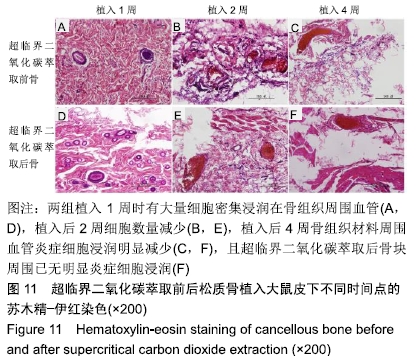[1] GLICKLIS R, SHAPIRO L, AGBARIA R, et al.Hepatocyte behavior within three-dimensional porous alginate scaffolds. Biotechnol Bioeng.2015;67(3):344-353.
[2] CAVALLARO JF, KEMP PD, KRAUS KH.Collagen fabrics as biomaterials.Biotechnol Bioeng.1994;44(1):781-791.
[3] HERNIGOU P ,Homma Y.Tissue bioengineering in orthopedics. Clin Cases Miner Bone Metab. 2012;9(1):21-23.
[4] LEE J, SUNG HM, JANG JD, et al.Successful Reconstruction of 15-cm Segmental Defects by Bone Marrow Stem Cells and Resected Autogenous Bone Graft in Central Hemangioma. J Oral Maxillofac Surg.2010;68(1):188-194.
[5] BOSTMAN OM.Osteoarthritis of the ankle after foreign-body reaction to absorbable pins and screws: a three- to nine-year follow-up study.J Bone Joint Surg Br.1998;80(2):333-338.
[6] Brandoff JF, Silber JS, Vaccaro AR.Contemporary alternatives to synthetic bone grafts for spine surgery.Am J Orthop. 2008;37(8):410-414.
[7] SAKKAS A, SCHRAMM A, WINTER K, et al.Risk factors for post-operative complications after procedures for autologous bone augmentation from different donor sites. J Craniomaxillofac Surg.2018;46(2):312-322.
[8] LIU C, XIN Y, TANG G, et al.Influence of heat treatment on degradation behavior of bio-degradable die-cast AZ63 magnesium alloy in simulated body fluid.Mater Sci Eng A. 2007;456(1):350-357.
[9] WINDHAGER R, HOBUSCH GM, MATZNER M.Allogeneic transplants for biological reconstruction of bone defects. Orthopade. 2017;46(8):656-664.
[10] KURIEN T, PEARSON RG, SCAMMELL BE.Bone graft substitutes currently available in orthopaedic practice: the evidence for their use.Bone Joint J.2013;95-B(5):583-597.
[11] QUIRK RA, FRANCE RM, SHAKESHEFF KM, et al. Supercritical fluid technologies and tissue engineering scaffolds.Curr Opin Solid State Mater Sci. 2004;8(3):313-321.
[12] GE Y,YAN H,HUI B,et al.Extraction of natural vitamin E from wheat germ by supercritical carbon dioxide.J Agric Food Chem. 2002;50(4):685-689.
[13] 鲜海,刘舒云,眭翔,等.基于超临界二氧化碳萃取的复合技术在同种异体骨体外处理的应用[J].泸州医学院学报,2018,41(3): 205-209.
[14] 杨俊丽,霞韩,孙明启,等.兔骨髓间充质干细胞的生物学特征及原代培养[J].中国组织工程研究,2015,19(50):8043-8047.
[15] PADMANABHAN SK, BALAKRISHNAN A, CHU MC, et al. Sol-gel synthesis and characterization of hydroxyapatite nanorods.Particuology.2009;7(6):466-470.
[16] WANG Y, YANG X, GU Z, et al.In vitro study on the degradation of lithium-doped hydroxyapatite for bone tissue engineering scaffold.Mater Sci Eng C Mater Biol Appl.2016;66: 185-192.
[17] WANG XY, ZUO Y, HUANG D, et al. Comparative Study on Inorganic Composition and Crystallographic Properties of Cortical and Cancellous Bone.Biomed Environ Sci. 2010; 23(6):473-480.
[18] ANASTASIOS A, EFTHYMIOS L, THEODORA L. Micro-Raman and FTIR studies of synthetic and natural apatites. Biomaterials.2007;28(19):3043-3054.
[19] 赵御森,王海波,孟宪勇,等.组织工程骨修复超临界骨缺损研究进展[J].河北北方学院学报(自然科学版),2013,29(1):95-99.
[20] HUTMACHER DW.Scaffolds in tissue engineering bone and cartilage.Biomaterials.2000;21(24): 2529-2543.
[21] 唐俊杰,李文杰,李根,等.骨组织工程诱导性支架材料修复骨缺损[J].中国组织工程研究,2015,19(3):340-346.
[22] KIM HS, PARK JC, YUN PY, et al.Evaluation of bone healing using rhBMP-2 soaked hydroxyapatite in ridge augmentation: a prospective observational study.Maxillofac Plast Reconstr Surg. 2017;39(1):40.
[23] GUGALA Z, LINDSEY RW, GOGOLEWSKI S.New Approaches in the Treatment of Critical-Size Segmental Defects in Long Bones.Macromol Symp. 2010;253(1): 147-161.
[24] CANALE ST, BEATY J, AZAR F.Campbell's Core Orthopaedic Procedures.Elsevier Saunders.2015;141(4):1779-1780.
[25] WANG YQ, CAI JY.Enhanced cell affinity of poly( l -lactic acid) modified by base hydrolysis: Wettability and surface roughness at nanometer scale.Curr Appl Phys.2007;7(7): 108-111.
[26] FRAYSSINET P, ASIMUS E, AUTEFAGE A, et al. Histological evaluation of xenogeneic bone treated by supercritical CO2 implanted into sheep.J Mater Sci Mater Med.1995;6(8): 473-478.
|
